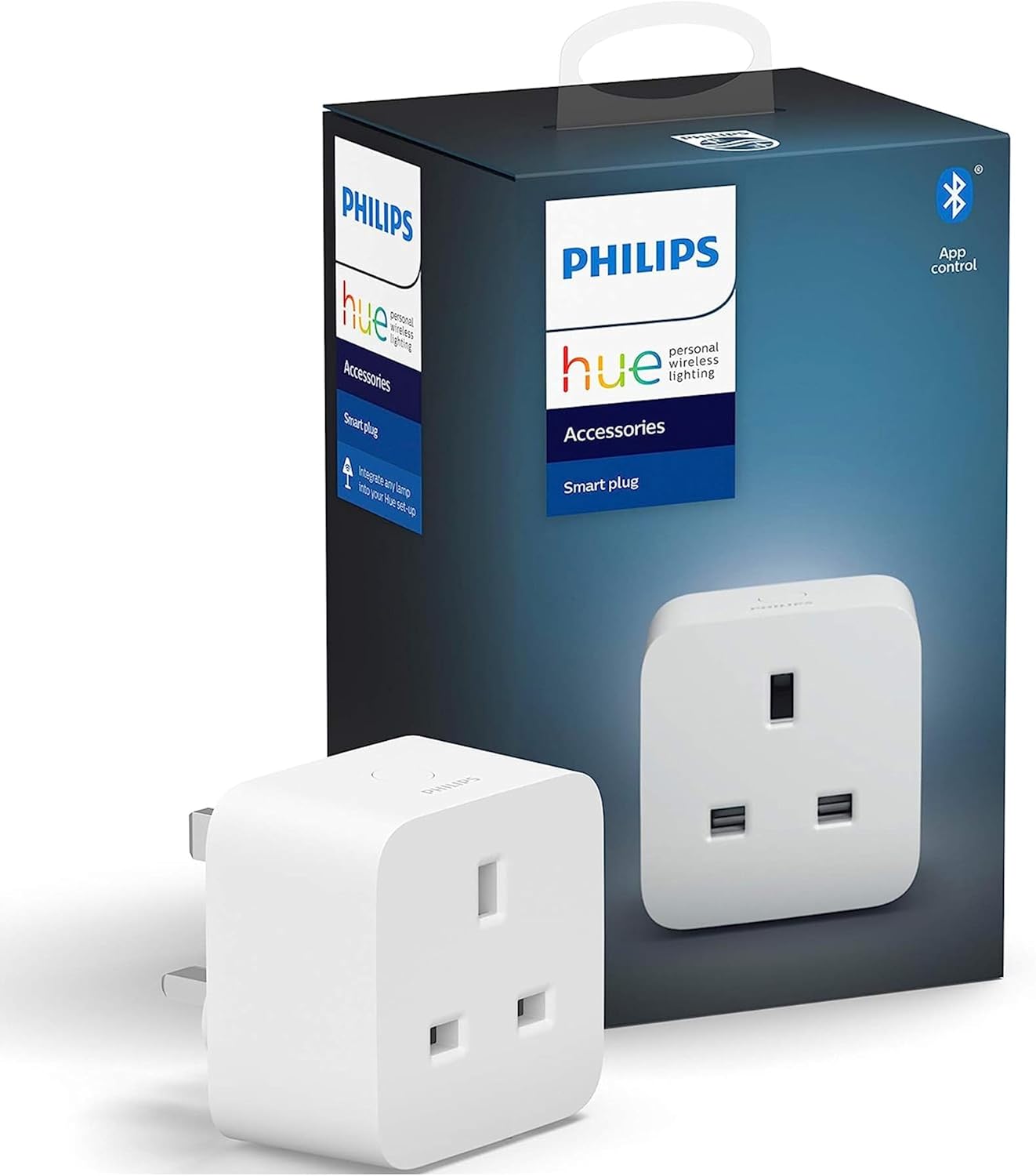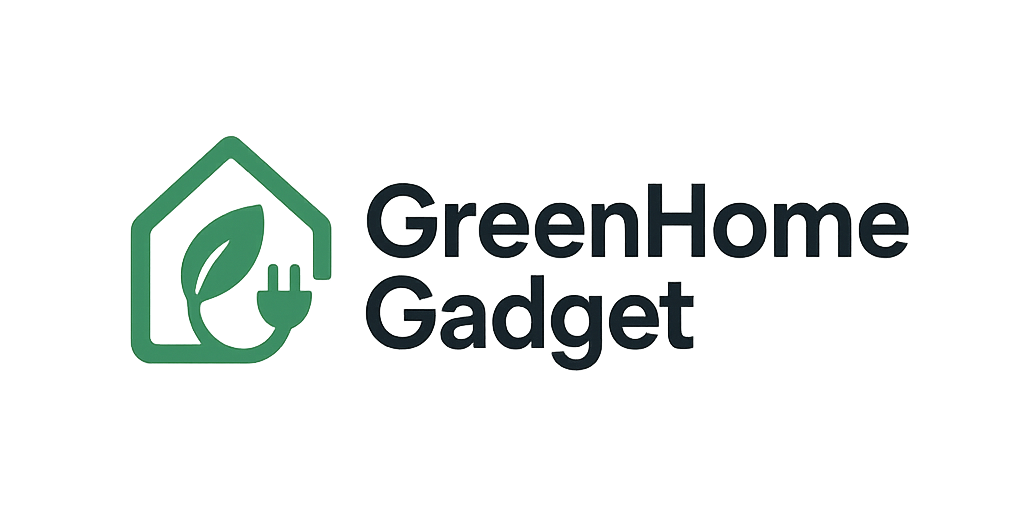
Disclosure: This post contains affiliate links. We may earn a commission if you make a purchase through these links—at no extra cost to you.
Published: 13 May 2025
Also featured in: 5 Best Smart Plugs to Save Energy
Overview
The Philips Hue Smart Plug extends the versatility of one of the most trusted smart lighting ecosystems into the realm of plug-based automation. Designed with the same attention to detail and user experience that defines the Hue brand, this smart plug allows users to control any appliance — not just bulbs — through the Hue app and major voice assistants. Whether you’re just entering the world of home automation or already building your perfect Hue setup, this device offers a hassle-free way to bring intelligence to your sockets.
Unlike most budget smart plugs, the Hue Smart Plug supports both Bluetooth and Zigbee protocols. This dual-mode connectivity means it can work as a standalone unit for quick setups or become part of a wider network of devices when paired with the Hue Bridge. It’s a simple, elegant solution that fits seamlessly into homes where design, functionality, and reliability matter. In this review, we dive into real-world usage, features, and where this plug shines — or falls short — compared to the growing competition.
Key Features
- ✅ Ultra-compact design that doesn’t block adjacent outlets
- ✅ Works with Bluetooth out of the box — no hub required
- ✅ Unlocks advanced scheduling and automation via Hue Bridge (Zigbee)
- ✅ Fully compatible with Alexa, Google Assistant, and Apple HomeKit
- ✅ Can be included in Hue lighting scenes and routines
- ✅ Easy plug-and-play setup with minimal configuration
Setting up the Philips Hue Smart Plug is as effortless as plugging it in and pairing it via the Philips Hue app. If you’re already using Hue bulbs, it will show up alongside them in the interface, ready for grouping, scene management, and scheduling. For users without a Bridge, it can be controlled via Bluetooth — though with limited features.
Performance in Real-World Use
In daily use, the Hue Smart Plug performs with remarkable reliability. Voice commands through Alexa or Google Assistant execute almost instantly, and automations triggered through the Hue app run without delay. When paired with the Hue Bridge, the plug communicates over Zigbee — providing a more stable connection, especially in homes where Wi-Fi congestion is an issue.
Using it with a lamp or fan is straightforward, and the ability to group it with other Hue bulbs means you can, for example, turn off all lights and appliances in a room with a single voice command. One notable downside is the lack of energy usage monitoring — a feature increasingly available in competing products such as the Tapo P110 or Eve Energy plug. If tracking energy consumption is important to you, this may be a limitation.
Use Case Examples
Here are a few everyday scenarios where the Philips Hue Smart Plug shines:
- 🏠 Morning routines: Schedule your kettle or toaster to power up just before you wake up.
- 💡 Lamp automation: Control lamps without needing smart bulbs, ideal for non-standard fittings.
- 🛏️ Bedtime scenes: Combine the plug with bedroom Hue bulbs to shut off the room in one tap or command.
- 🕓 Timed appliances: Turn off energy-draining devices after a preset time with the app’s scheduling tools.
How It Compares to Other Smart Plugs
Compared to competitors like the Eve Energy (Matter) and TP-Link Tapo P110, the Philips Hue Smart Plug prioritizes simplicity and ecosystem integration. While it lacks energy usage tracking (which both Eve and Tapo offer), it compensates with better scene control, smoother integrations with Hue lighting, and a more polished mobile app experience.
The Eve plug is more privacy-focused and supports Matter and Thread, while Tapo excels on value. The Hue Smart Plug, however, stands out for existing Hue users who want a frictionless experience and rock-solid automation. It’s not the cheapest, but it feels the most refined.
Pros
- Excellent integration with Philips Hue ecosystem
- Dual connectivity: Bluetooth & Zigbee (via Bridge)
- Supports all major voice platforms (Alexa, Google, Siri)
- Compact design won’t block adjacent sockets
- Stable and responsive with minimal setup
Cons
- No energy monitoring feature
- Best features require a Hue Bridge
- Priced higher than average smart plugs
Final Verdict
If you already own Philips Hue bulbs or plan to build your smart home within that ecosystem, the Hue Smart Plug is a natural addition. Its compact form, robust automation options, and cross-platform compatibility make it one of the most user-friendly plugs on the UK market. While it lacks energy tracking and is priced on the higher side, the overall polish and reliability more than justify the cost — especially when used alongside the Hue Bridge.
★★★★☆ (4.3/5)
